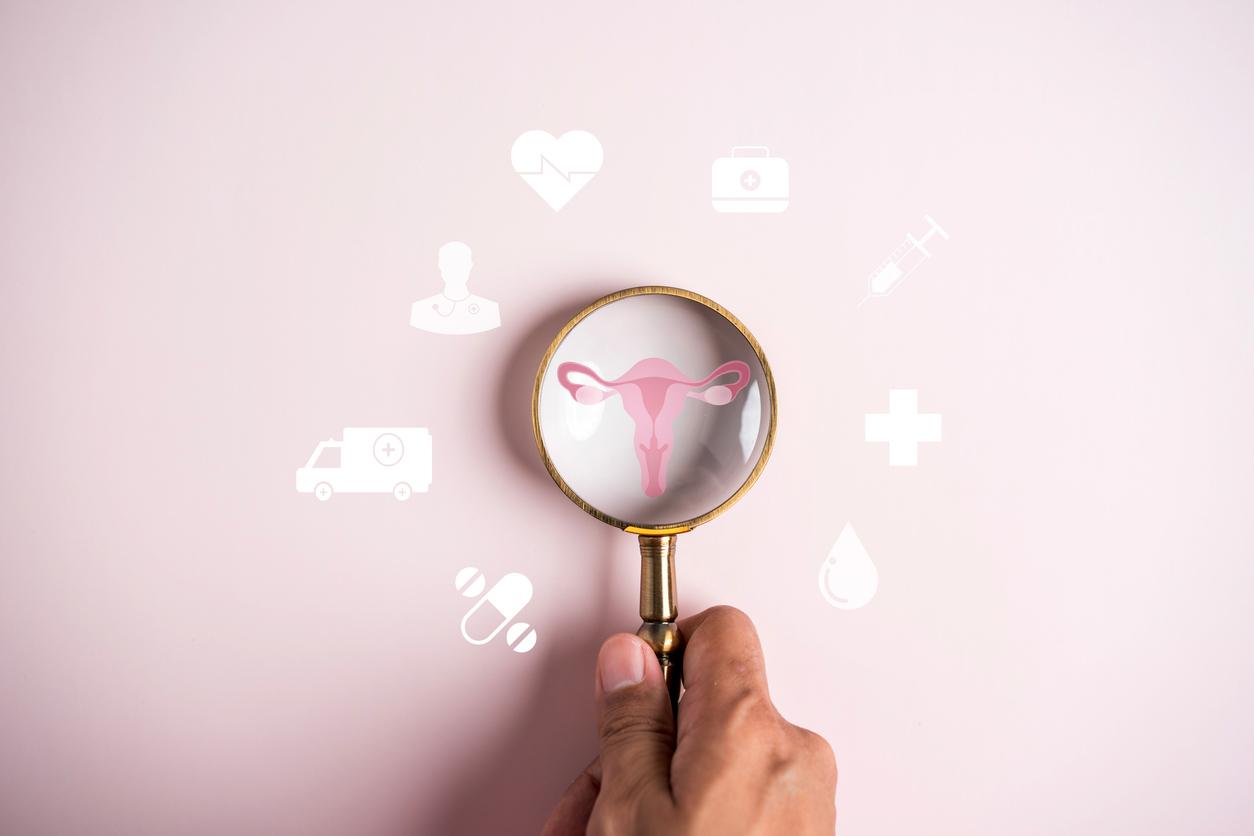Since the pill was legalized in 1967, its use has continued to increase. This method of contraception is still the most used in France since one in 2 women use it. But, surprise, since the beginning of the 2000s, the proportion of users has slightly decreased (- 4.6%), notes the Inserm and INED survey on the latest trends in contraception. A particularly noticeable drop among young women aged 20-24 (- 10.4%) who are sulking the pill but do not for all that resort to new hormonal methods (implant, patch).
Young people protect themselves less than their elders.
The image that emerges from this study (published today) is that young people protect themselves less well than their elders. A trend which is undoubtedly one of the effects of the crisis, according to Nathalie Bajos, research director at Inserm and scientific co-head of this study.
“This drop in the pill mainly affects young women with a low level of education. We also know that this age group has been particularly affected by the effects of the economic crisis with an unemployment rate that has greatly increased and we see in our surveys that these women are less followed than they were. 10 years ago. This raises the question of the cost of contraception. “
According to this survey, the majority of healthcare professionals prescribe 3 pillse and 4e generation , which are not reimbursed and disdain the older pills, yet supported by social security. The study even mentions a “fixed contraceptive model”: for example, while the High Authority for Health specified in 2004 that the IUD could be used at all ages, whether the woman has had children or not, it is only used by 1.3% of women aged 15 to 49 without children ”.
Note, again according to this study that about 3% of women do not use contraception at all when they do not want to be pregnant.

















